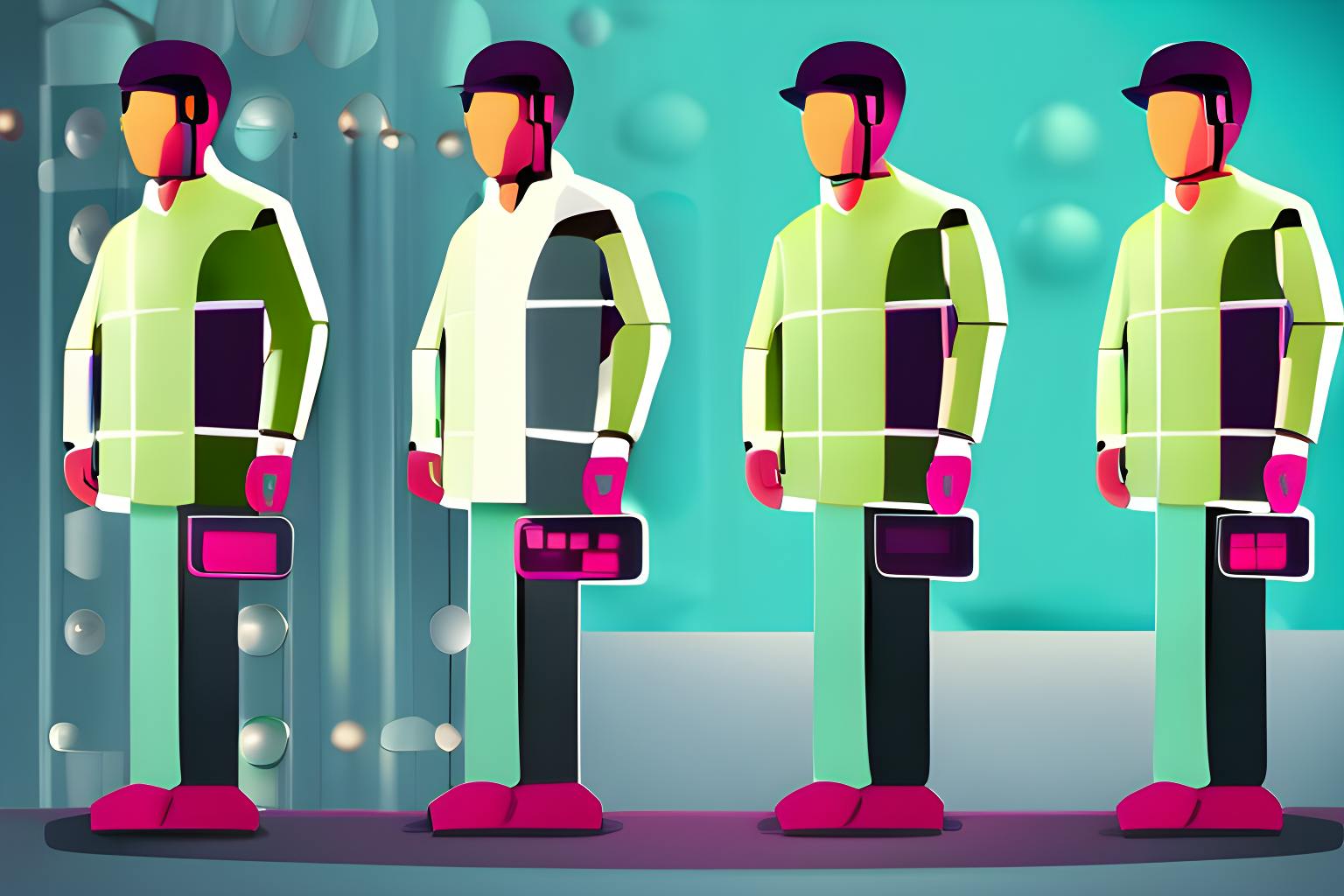United States Of America. v. Microsoft Corporation Court Filing by Thomas Penfield Jackson, November 5, 1999, is part of
-
Cloning the 32-Bit Windows APIs
-
Theoretically, the developer of a non-Microsoft, Intel-compatible PC operating system could circumvent the applications barrier to entry by cloning the APIs exposed by the 32-bit versions of Windows (Windows 9x and Windows NT).
Applications written for Windows would then also run on the rival system, and consumers could use the rival system confident in that knowledge. Translating this theory into practice is virtually impossible, however.
First of all, cloning the thousands of APIs already exposed by Windows would be an enormously expensive undertaking. More daunting is the fact that Microsoft continually adds APIs to Windows through updates and new versions.
By the time a rival finished cloning the APIs currently in existence, Windows would have exposed a multitude of new ones. Since the rival would never catch up, it would never be able to assure consumers that its operating system would run all of the applications written for Windows.
IBM discovered this to its dismay in the mid- 1990s when it failed, despite a massive investment, to clone a sufficiently large part of the 32-bit Windows APIs. In short, attempting to clone the 32-bit Windows APIs is such an expensive, uncertain undertaking that it fails to present a practical option for a would-be competitor to Windows.
Continue Reading Here
About HackerNoon Legal PDF Series: We bring you the most important technical and insightful public domain court case filings.
This court case Civil Action No. 98-1232 (TPJ) retrieved on 2-06-2023, from justice.gov is part of the public domain. The court-created documents are works of the federal government, and under copyright law, are automatically placed in the public domain and may be shared without legal restriction.

